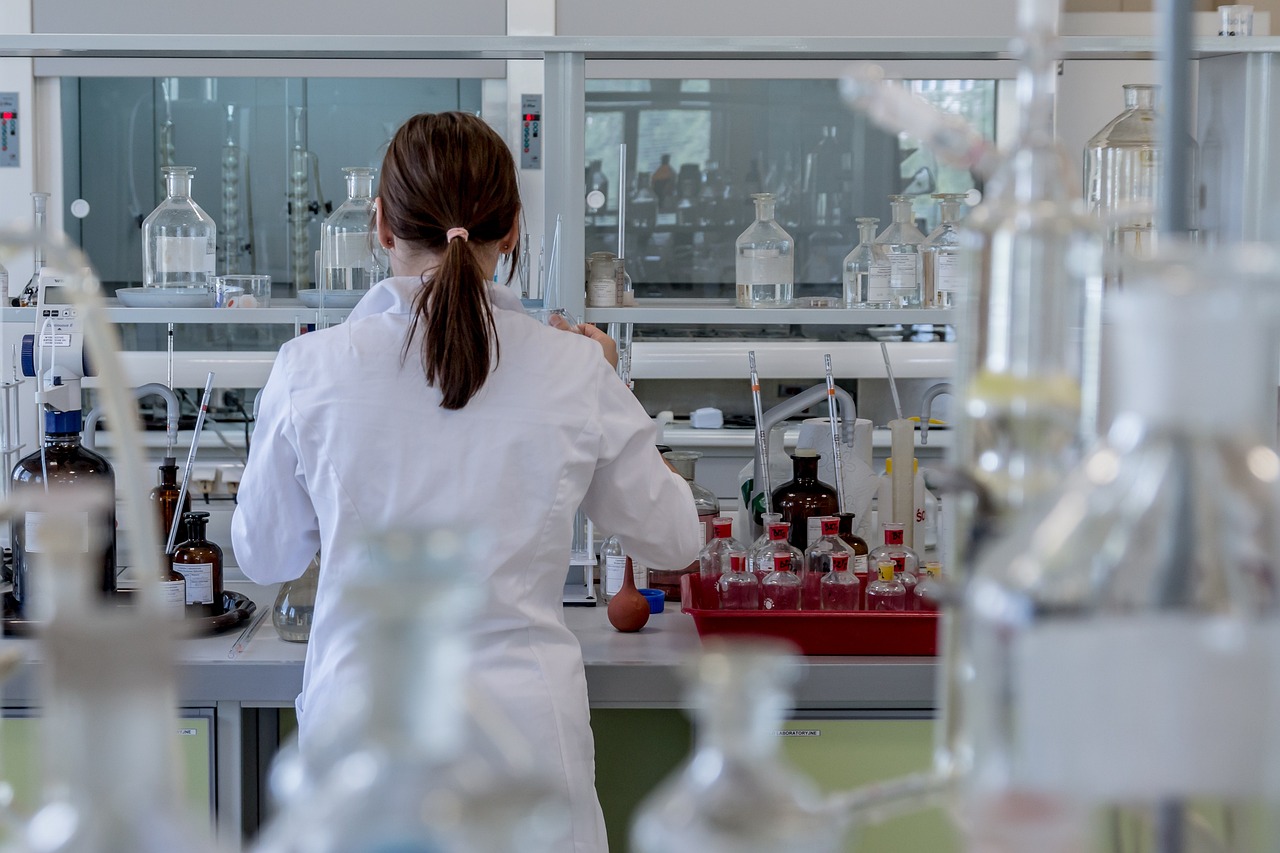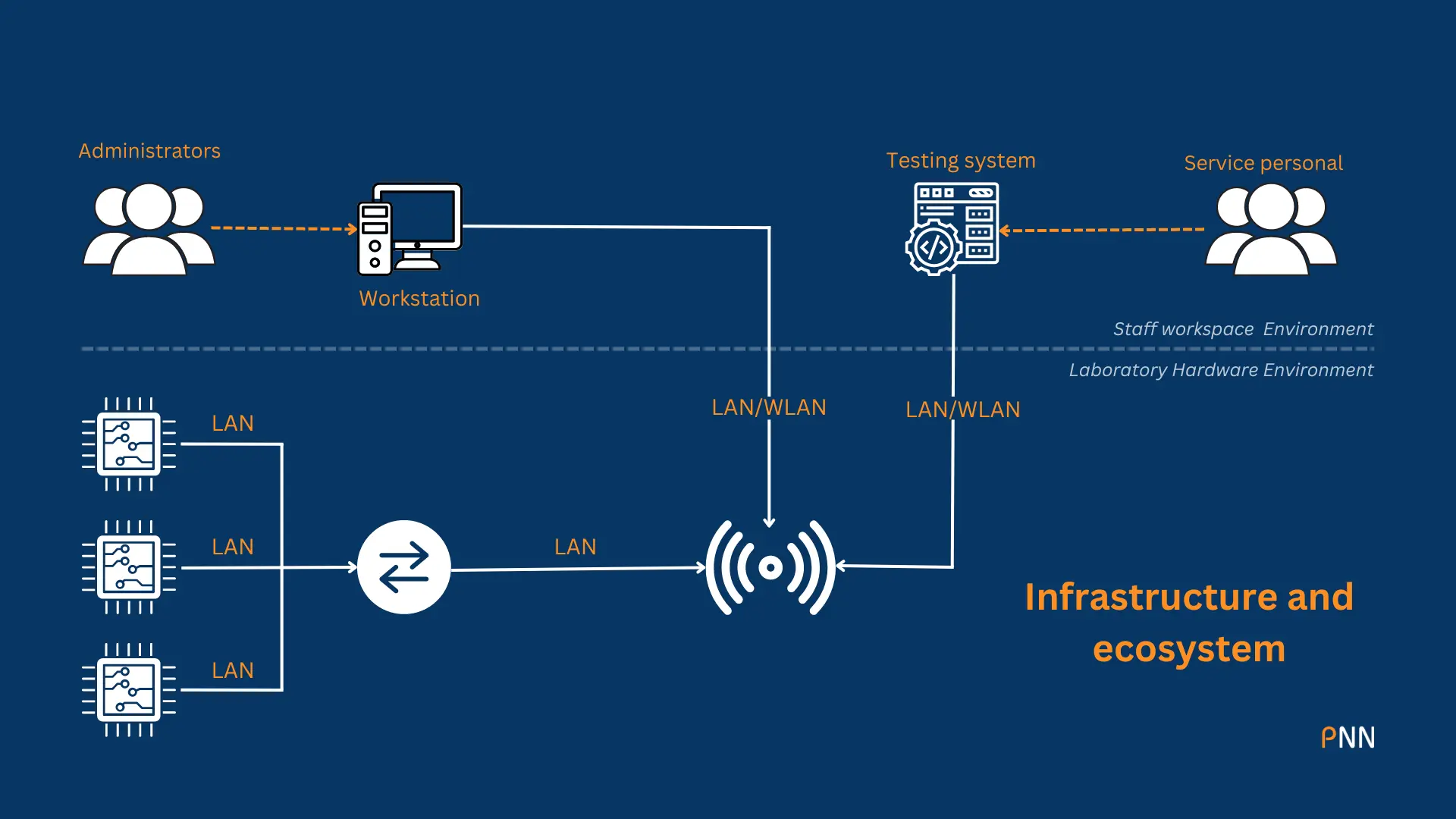Software system to control, test and manage firmware for physicochemical laboratory with embedded devices


PNN Soft is a reliable developer with over 20 years of experience. We provide software development for the energy, healthcare and telecommunications industries, so our developers are competent in creating complex software solutions for embedded systems. We created the solution for the management and testing of laboratory equipment.
The PNN Soft company created a software system for physicochemical laboratorys to manage, control and test the firmware of laboratory devices. We developed a desktop app for process management and PWA for testing the operation of the device.

We are developing an advanced functional system for firmware of embedded devices. The home page of the created digital product shows visual elements representing the user equipment according to the device configuration. Each tool has a set of parameters, which the user can familiarize themselves with in detail. The characteristics of the device are displayed in the form of a table, the contents of which can be adjusted. The program also displays graphs of the actual values of device properties and has a list of diagnostic procedures and logs. Furthermore, the functionality of the firmware management system allows users to:
The following technologies were used:
This software for embedded device control is a desktop solution for Windows, aimed at performing tasks of administration, monitoring, and configuration of a list of devices in a LAN laboratory. Key software functions cover the tasks of viewing active devices on the LAN and configuring them. Create internal projects with a specific set of methods and sequences to work according to the corresponding schedules. Administering access for other users to work with devices.
The following technologies were used:
PNN Soft has developed a progressive web application that allows for extensive configuration and diagnostics with a list of tools in the LAN laboratory. A PWA solution allows users to put devices into a maintenance state and become familiar with hardware components. Users can calibrate and fine-tune devices, and conduct tests on the performance of the device and the corresponding boards.
The following technologies were used:
Our team has implemented a modern solution considering the needs of the customer. We have ensured the reliability, consistency and security of the software solution at all levels. Our laboratory equipment management software offers the diversity of benefits.
PNN Soft has extensive experience in developing complex custom systems. We develop software and integrate modern technologies of the Internet of Things, augmented reality and machine learning. Our dedicated teams of developers and designers create reliable solutions for processing large-scale data that can withstand heavy loads. If you are looking for an experienced developer for hardware diagnostics and monitoring software, leave your request in the form below. Our technicians will contact you to provide in-depth consultation and answers.